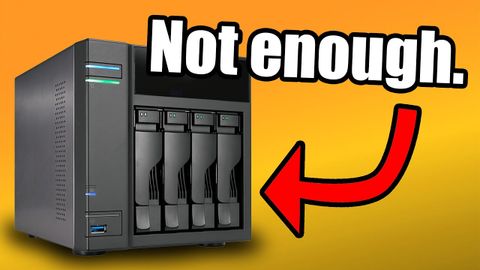
Subtitles & vocabulary
Backups: You're doing 'em wrong!
00
Guset posted on 2022/08/03Save
Video vocabulary
stuff
US /stʌf/
・
UK /stʌf/
- Uncountable Noun
- Generic description for things, materials, objects
- Transitive Verb
- To push material inside something, with force
B1
More improve
US /ɪmˈpruv/
・
UK /ɪm'pru:v/
- Verb (Transitive/Intransitive)
- To make, or become, something better
A1TOEIC
More productive
US /prəˈdʌktɪv, pro-/
・
UK /prəˈdʌktɪv/
- Adjective
- Producing things in large quantities; fertile
- Doing a lot of work and achieving a lot
B1
More inspiration
US /ˌɪnspəˈreʃən/
・
UK /ˌɪnspə'reɪʃn/
- Noun (Countable/Uncountable)
- Force making you feel you can do things, succeed
- The power or urge that makes you want to do something, especially something creative
B1TOEIC
More Use Energy
Unlock All Vocabulary
Unlock pronunciation, explanations, and filters
